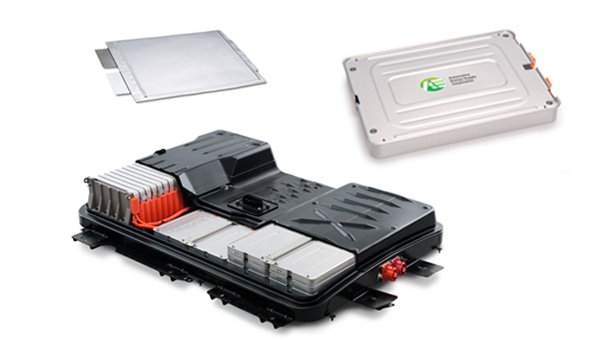
Nissan stuffs 48kWh battery into LEAF
The Nissan Barcelona Technical Centre crew took three LEAFs to the Spain based ECOseries race series this season. Two of the vehicles were essentially stock with slight modifications to improve vehicle aerodynamics and reduce weight. The third was tweaked in the other direction for the final race of the year. A significant amount of weight was added as the battery pack was doubled to create a 48kWh battery pack and run in the EV prototype category. Was this just racers being racers, or is there more to it than that? Hard to say.
Some real-world challenges of accomplishing a feat such as this for a production vehicle are these:
- Significant weight gain (something like 600 pounds if memory serves)
- Additional cost (Nissan has yet to provide a cost for the LEAF battery pack)
- Where do you put the additional battery modules?
The Toyota RAV4 EV weighs 4032 pounds. The front wheel drive gasoline versions of the RAV4 range from 3435 pounds for the LE up to 3500 pounds for the fully equipped Limited. The 2013 Nissan LEAF, on the other hand, comes in at anywhere from 3,256 pounds up to 3,340 pounds – depending on trim level. So what’s the problem with that additional weight gain, you might ask. Additional wear and tear on tires, brakes, and suspension, all leading to higher operating and maintenance costs.
Regarding price, the RAV4 EV is priced at $49,800. There are no options or trim level variations. The Nissan LEAF starts at $28,800. The SL trim level is $34,840 – still $14,960 less than the RAV4. The RAV4 EV has a reported battery pack capacity of 41.8 kWh, still below the 48 kWh tested in the LEAF. Including a battery pack of this size would move the LEAF near the $50,000 price point.
Finally, where do you put the extra batteries? As can be seen by the image above, the battery pack is designed to fit under the floor of the LEAF. In order to maintain vehicle balance the additional battery modules could not just be placed in the cargo area. The LEAF is front heavy (57 to 59 percent of the weight on the front wheels), but placing the entire additional battery pack in the back would negatively affect handling and ride by placing too much weight too far back. In the race car they could have just bolted them into the back seat area as well as the cargo area. This is not so easy to do in a production family vehicle.
Our guess is that rather than seeing larger battery packs find their way into the LEAF, we will see gradual improvements in battery efficiencies make their way into the car. As this happens, the battery pack will remain essentially the same size, but the power provided will improve incrementally over time. We have already seen slight improvements from the 2011 model LEAF to the 2013 (found here). Nissan has no interest in producing a $50,000 electric vehicle (EV) that nobody wants to buy. Toyota only contracted with Tesla for 2,600 RAV4 EVs which they only sell in California. Nissan is averaging about 2,000 LEAF sales each month which are sold nationwide. We expect that one of the reasons that the Infiniti EV was delayed was because of impending improvements in battery technology.
As with all new technologies, from fax machines to cell phones, EVs will improve over time, get less expensive over time, and perform better over time. It’s the over time part that most of us are having a hard time with.
